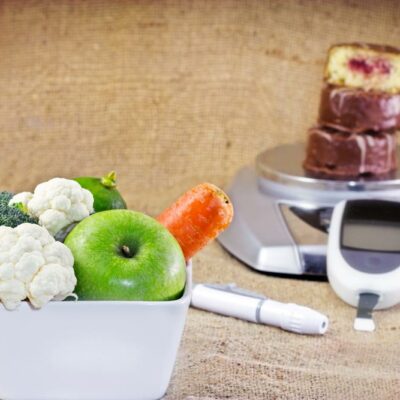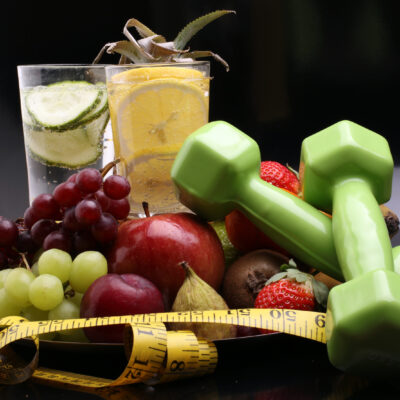
Health
Know about the bipolar disorder
Bipolar disorder is a mental disorder where the sufferer goes through episodes of manic highs, which refer to a significantly elevated mood, and episodes of lows or depressive mood, in a cyclical pattern, with periods of normal moods between swings. Earlier, this disorder used to be called manic depression. While most people may feel that they have experienced periods of mood swings, these in themselves are not a disorder. Bipolar disorder has specific markers, must be diagnosed by a trained diagnostician, and is treatable. Bipolar disorder is thought to be largely caused by genetic predispositions, although environmental factors such as stress and trauma may play a role in exacerbating the condition. Its onset is usually seen in adulthood. It is more appropriate to speak of this disorder in the plural — as bipolar disorders, as there are three distinct forms that present themselves. These forms are bipolar disorder I, bipolar disorder II, and Cyclothymia. Bipolar disorder I In this form of the disorder, while the sufferer goes through both highs and lows, the manic phases are particularly intense, and diagnosis usually happens in the manic phase. During this phase, the person can be expected to feel euphoric; displaying very high spirits, or even be “keyed up”, hyperalert and irritable, distracted and hyperactive.
Read More 















